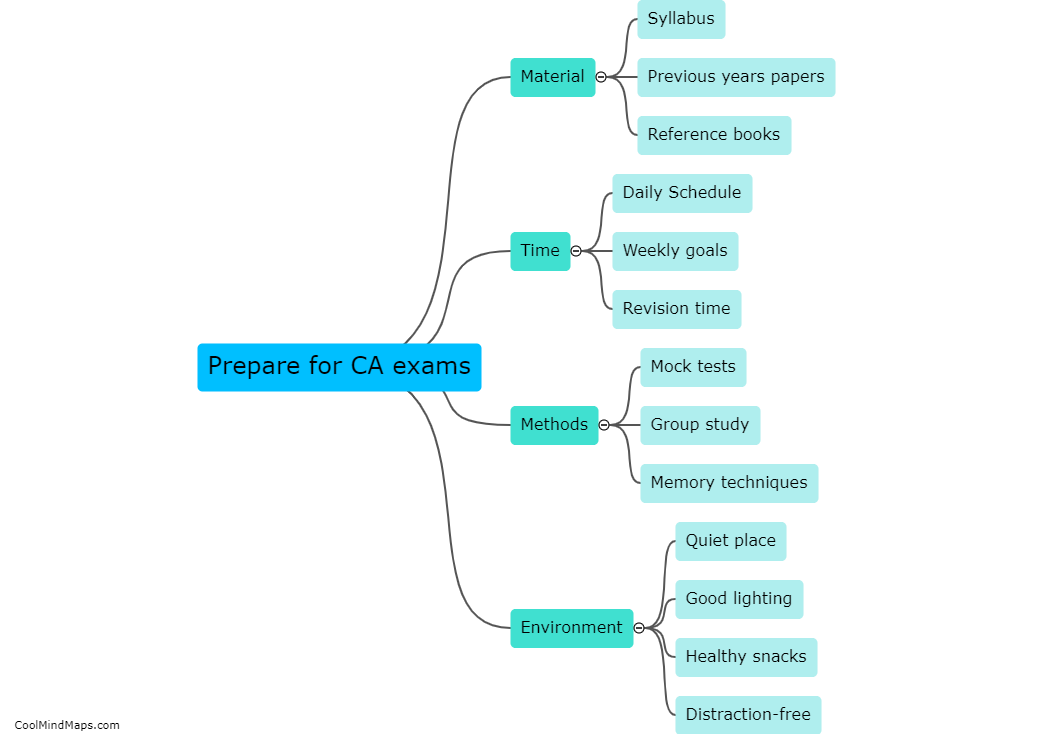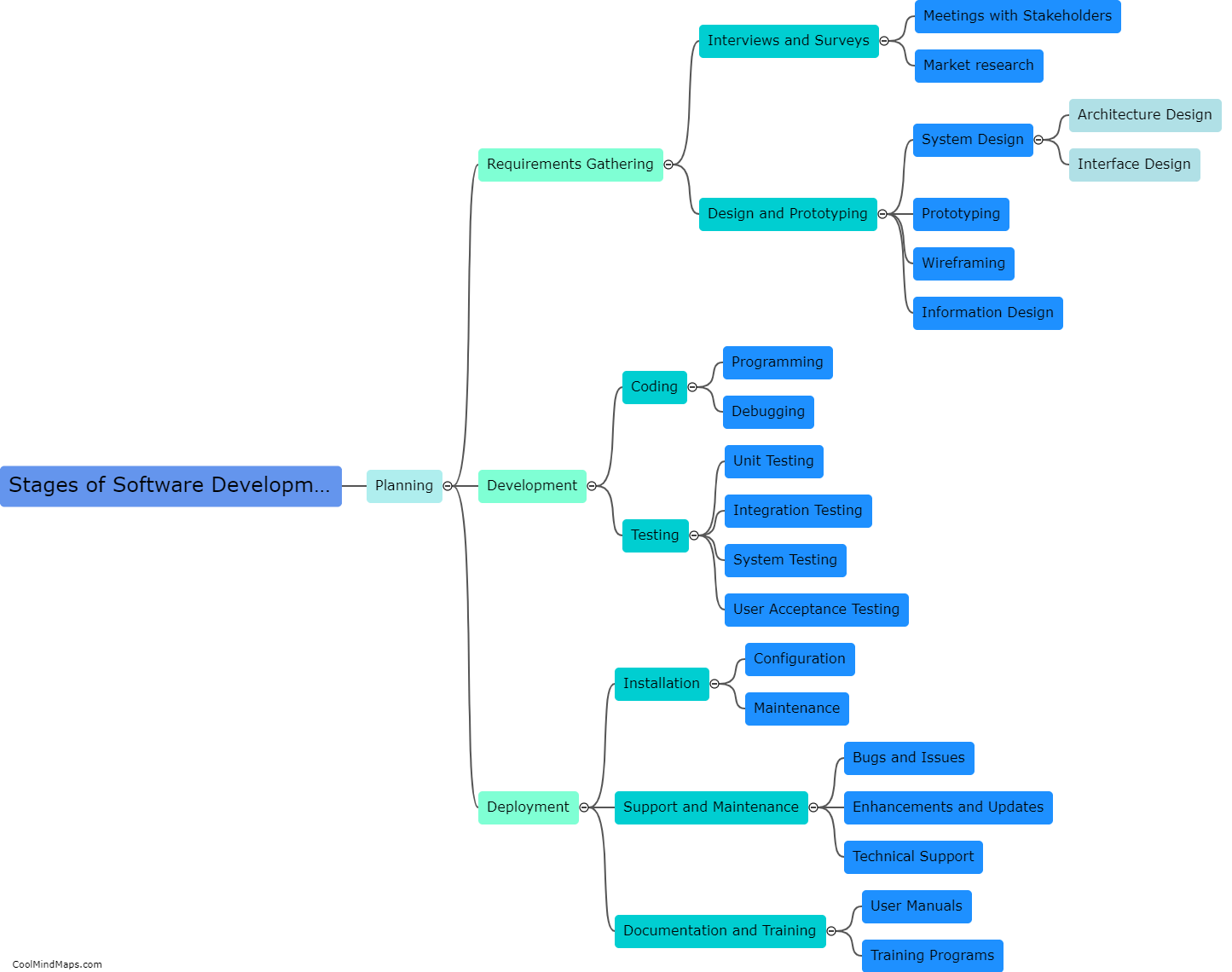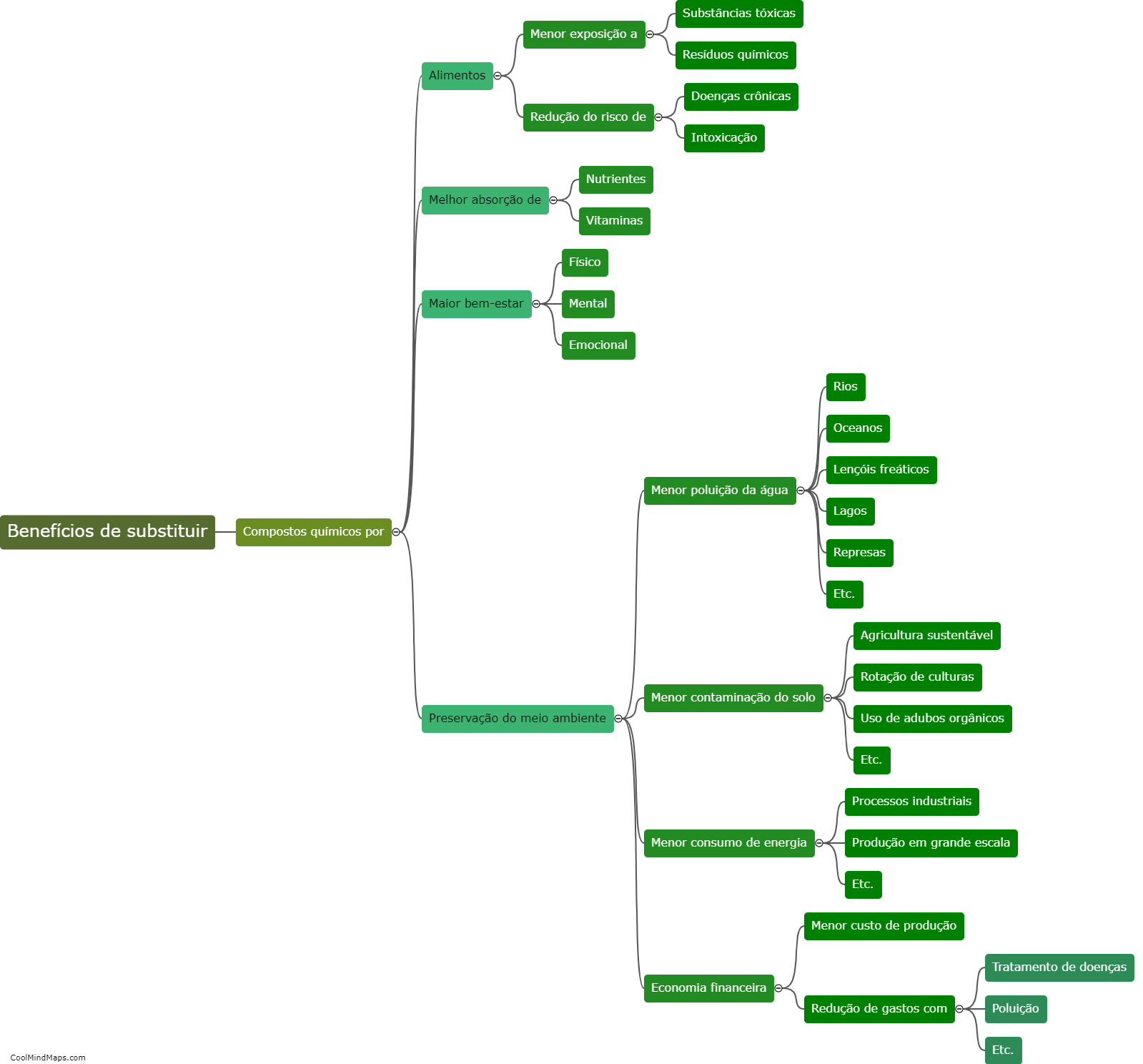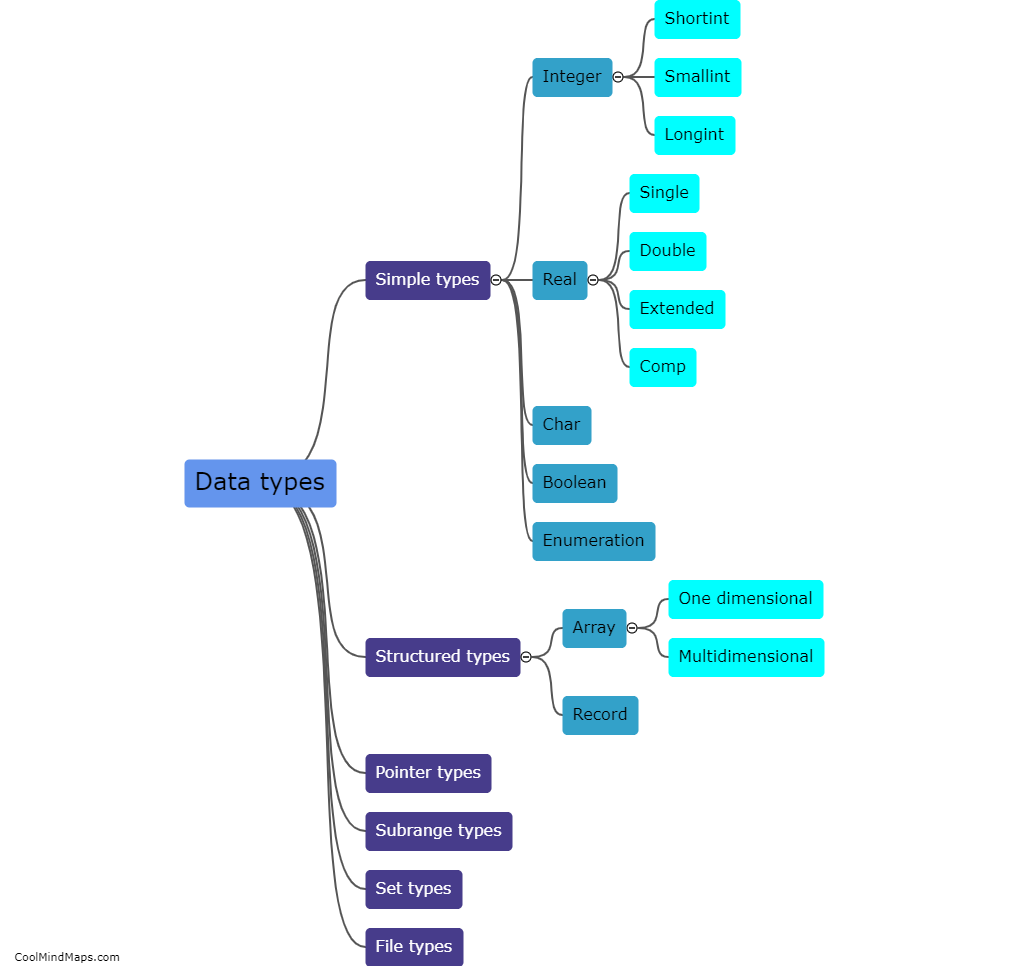How does the software development life cycle help in managing projects?
The software development life cycle (SDLC) is a systematic approach used to develop, deploy, and maintain software projects. It consists of various phases, including requirements gathering, system design, coding, testing, deployment, and maintenance. The SDLC helps in managing projects by providing a structured framework that ensures a methodical approach to software development. It allows teams to plan and organize their work, define clear project milestones, and effectively communicate with stakeholders. By following the SDLC, project managers can ensure that projects are delivered on time, within budget, and meet the desired quality standards. It also helps in managing risks, identifying and resolving issues early on, and provides a foundation for continuous improvement by learning from previous projects. Overall, the SDLC plays a crucial role in managing projects by providing a comprehensive roadmap to guide the entire software development process.
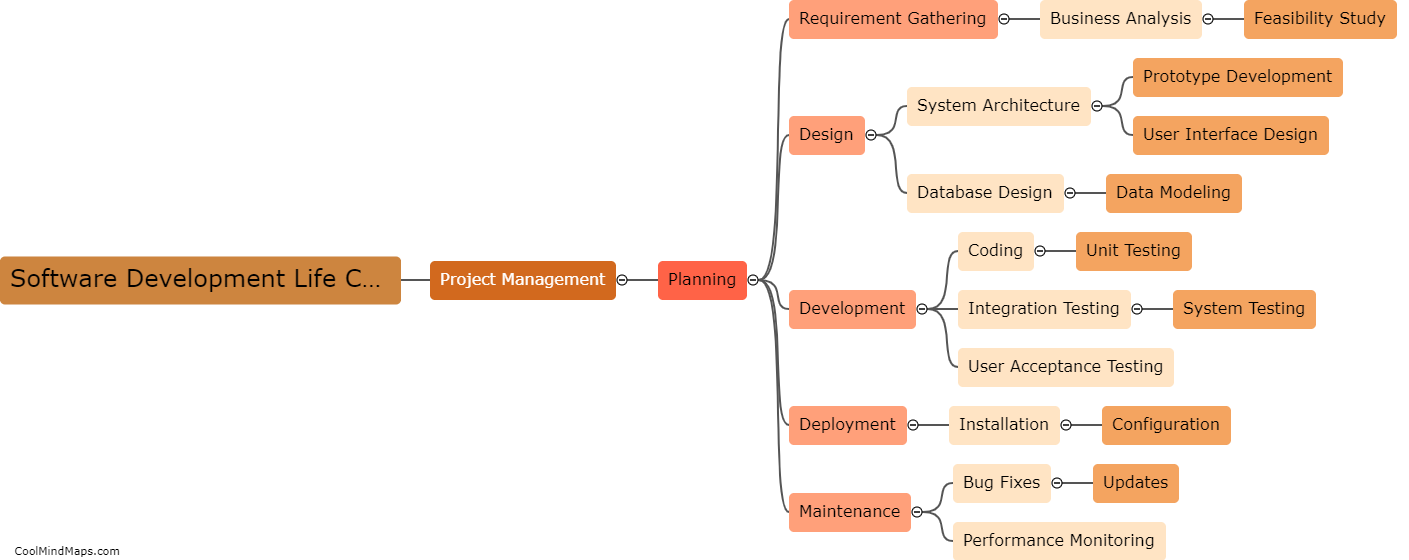
This mind map was published on 28 December 2023 and has been viewed 117 times.
